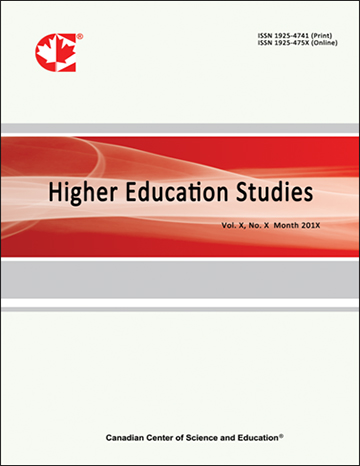Measuring Building Height Using Point Cloud Data Derived from Unmanned Aerial System Imagery in an Undergraduate Geospatial Science Course
- David Kulhavy
- I-Kuai Hung
- Daniel R. Unger
- Reid Viegut
- Yanli Zhang
Abstract
The use of Unmanned Aerial Systems (UAS), also known as drones is increasing in geospatial science curricula within the United States. Within the Arthur Temple College of Forestry and Agriculture (ATCOFA) at Stephen F. Austin State University, Texas, seniors in the geospatial science program complete capstone projects to evaluate current geospatial technology to investigate complex ecological, social and environmental issues. Under the umbrella of a student initiated and designed senior project, students designed a study to estimate height of buildings with UAS data incorporating UAS data, LP360 and ArcScene programs, and Pictometry web-based interface. Results from a statistical analysis of the data confirm that geospatial science height estimation techniques can provide accurate estimates of height remotely. The independence of the students completing the project with UAS data for LP360 and ArcScene estimations, and utilizing Pictometry as an on-onscreen measuring tool, point to the need to integrate remote sensing, statistical analysis and synthesis of data into undergraduate geospatial science curricula. This reinforces the hands-on learning approach within ATCOFA and provides guidance to integrate the use of UAS in natural resource education.
- Full Text:
 PDF
PDF
- DOI:10.5539/hes.v11n1p105
Index
- AcademicKeys
- CNKI Scholar
- Education Resources Information Center (ERIC)
- Elektronische Zeitschriftenbibliothek (EZB)
- EuroPub Database
- Excellence in Research for Australia (ERA)
- Google Scholar
- InfoBase
- JournalSeek
- Mendeley
- Open Access Journals Search Engine(OAJSE)
- Open policy finder
- Scilit
- Ulrich's
- WorldCat
Contact
- Sherry LinEditorial Assistant
- hes@ccsenet.org
